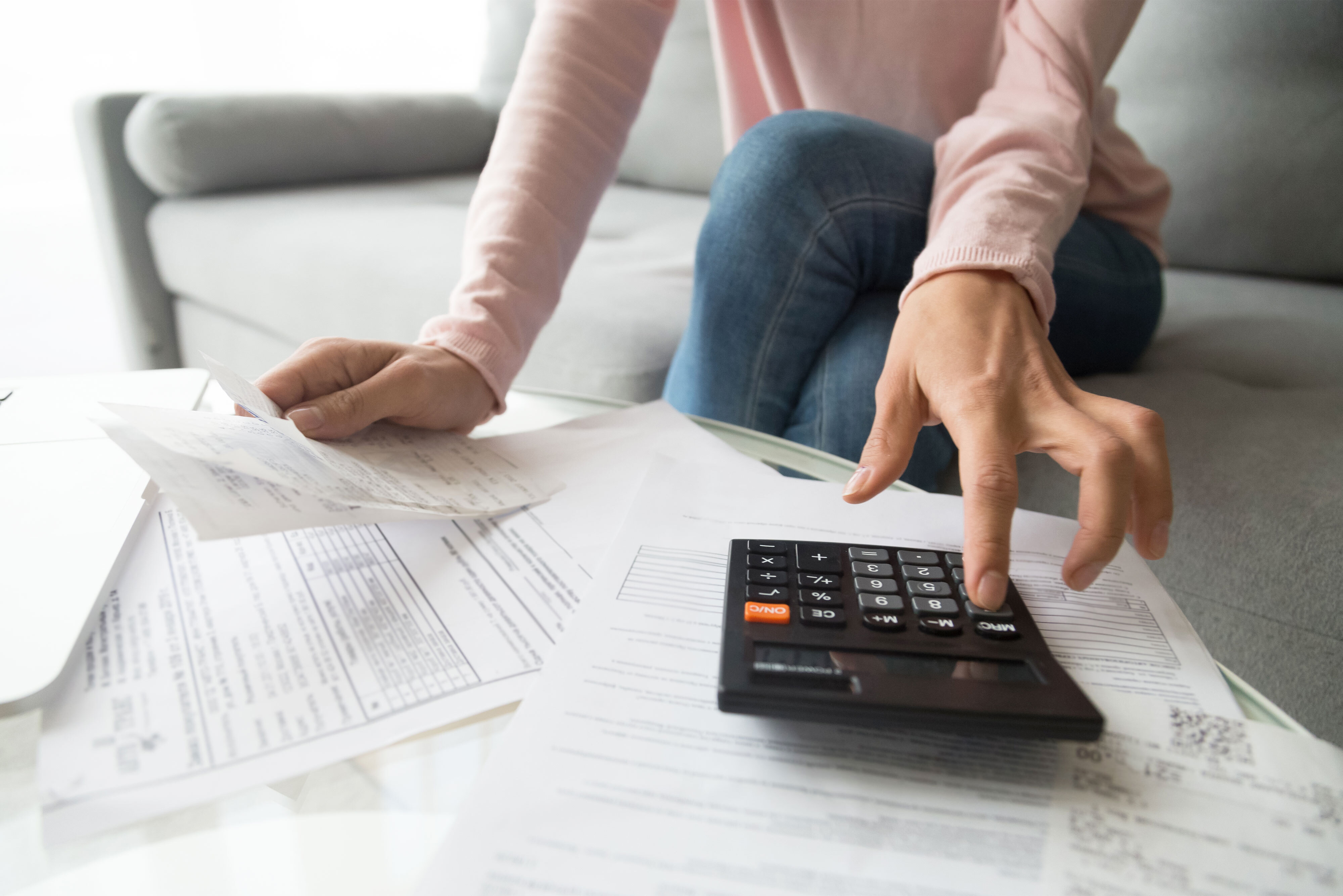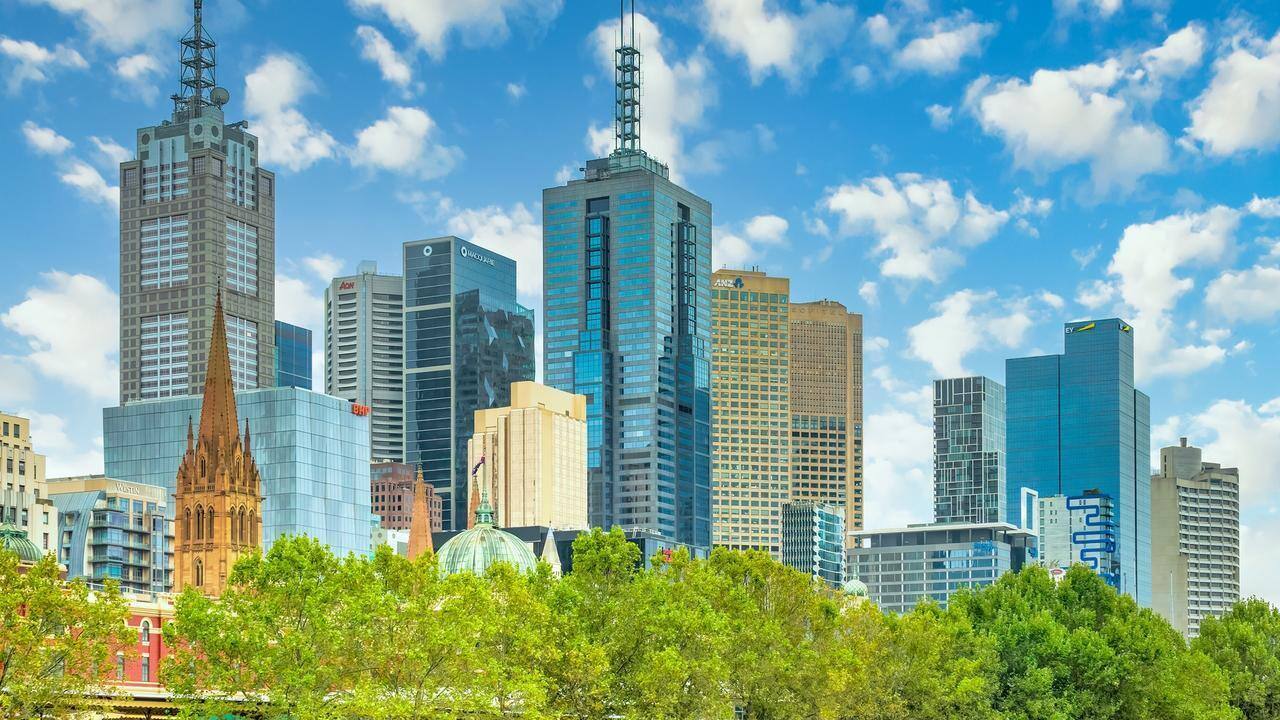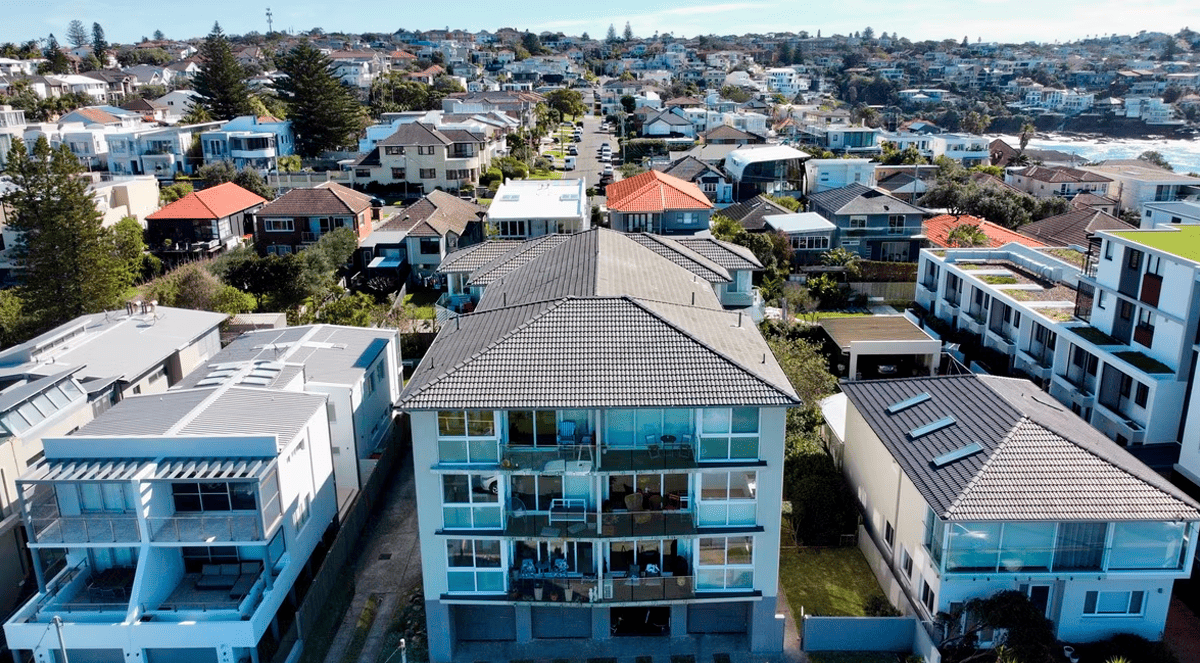Features > Property News & Insights > Housing Trends
Forget rate rises & cost of living; We’re taking on more debt to get into the housing market

KEY POINTS
- ABS figures show the size of the average new mortgage has hit a record high
- Less new loans were written in December for both owner-occupiers and investors, but the sizes of the loans written were larger
- Nearly 98% of loans written were on a variable rate, with borrowers no doubt hoping for interest rate cuts from the Reserve Bank sometime this year
New figures from the Australian Bureau of Statistics (ABS) show the size of the average new mortgage in Australia has hit a record high.
With property prices continuing to rise, many borrowers have shrugged off the highest interest rates in more than a decade and a cost of living crisis driven by high inflation to take on bigger debts than ever before, in a bid to get a foot on the ladder in the housing market.
ABS lending indicator data for December 2023 shows the average new mortgage size is $624,383, a new record.
The record mortgage size came despite the Reserve Bank of Australia (RBA) raising the cash rate for the 13th time just a month earlier.
The nitty-gritty
The ABS figures show the total value of new home loans ($26.3 billion) dropped in December, with $1.12 billion less in mortgages settled, compared to the previous month.
Fewer loans were written for owner-occupiers ($16.8 billion), with a 5.6% drop in value from November in seasonally adjusted terms.
It was the first drop in owner-occupier loans since July 2023, led by an 8.4% drop in loans to first-home buyers.
Loans for property investors ($9.5 billion) also registered a monthly drop - the first in 10 months - by 1.3% in seasonally adjusted terms.
Nonetheless, new lending in December 2023 was up 11.7% compared to the previous year, and those who are taking out loans are signing up for bigger and bigger mortgages.

Like property prices, the lending picture is not uniform across the country, with new record highs for mortgages in Queensland, South Australia and Western Australia.
But in all states and territories, the sizes of mortgages taken out were up from the previous month.
Mortgage rate comparison site RateCity.com.au has crunched the numbers around the nation to work out the estimated average monthly repayments - which range from $2,689 a month in the Northern Territory to an eye-watering $4,826 a month in New South Wales.

“Across the country, many borrowers are saddling themselves with sizable levels of debt at a time when the cash rate is at a 12-year high,” says RateCity’s Research Director, Sally Tindall.
“It’s incredible to think borrowers can afford these super-sized loans at a time when mortgage rates are largely sitting in the ‘6’s’.”
“First home buyers, in particular, are battling financial pressure on several fronts as they try to make their first home purchase stack up in the face of rising rates, rising property prices and in many cases, rising rents.”
And Ms Tindall has this warning:
“If you’re thinking about taking out a new mortgage, don’t rely solely on your bank to tell you how much debt you can handle.”
“Financially, it’s often hardest to meet your repayments at the beginning of your loan,” she says, “but if the cash rate starts to rise again in the years ahead and you haven’t made decent headway on your debt, you might find you can’t pay the mortgage on a house you’ve lived in for years.”
So why are Australians prepared to take on such big debts to get into the housing market?
The simple answer is that it’s a classic case of supply and demand economics.
There aren’t enough homes to go around, and we’re not building new ones fast enough for our rapidly growing population.
That’s why CoreLogic figures show home prices grew 8.1% in 2023 and another 0.4% in January this year alone.
CoreLogic’s Research Director Tim Lawless estimates the average Australian who owns a home added $3,000 to their total worth in January alone - by doing absolutely nothing.
Housing is expensive (both purchasing and renting) because of tight supply, and there seems little relief on the horizon.
Last year’s price growth came despite 5 rate rises from the Reserve Bank, as it tried to tame inflation.
“While interest rates have likely reached their peak this hiking cycle…, housing affordability has deteriorated significantly over the past two years,” says Maree Kilroy, the Senior Economist at Oxford Economics Australia.
She says while home price growth is slowing, “a persistent undersupply of housing is expected to place a floor under prices before rate cuts from late this year see growth accelerate in 2025.”
It seems many Australians can read the tea leaves.
They can see no prospect of house prices going lower.
With rate cuts expected this year, they’re taking a punt on big debt now, in the hope that their variable mortgages will head downwards, as the values of their homes and investment properties head upwards.

As if to underline this, the proportion of lenders who took out new mortgages in December on fixed rates was just 2.05%.
Compare this to July 2021, when a whopping 46% of loans were fixed at rock-bottom interest rates.
“Talk of cash rate cuts as soon as mid-this year is enough to convince the vast majority of borrowers to stick on variable rates for now, particularly as most fixed rates are still a fair way from being competitive,” says RateCity’s Sally Tindall.
Stay Up to Date
with the Latest Australian Property News, Insights & Education.




.png?width=292&height=292&name=Copy%20Link%20(1).png)
 SIGN UP FOR FREE NEWSLETTER
SIGN UP FOR FREE NEWSLETTER








.jpg?width=1920&height=1080&name=Warning%2c%20You%20Might%20Be%20Facing%20Higher%20Taxes%20Soon%20(1).jpg)





.png?width=1920&height=1080&name=Rate%20Drops%20Signal%20BIGGEST%20Property%20Boom%20in%20DECADES%20(1).png)

.jpg?width=1920&height=1080&name=Labor%20vs%20Liberal%20These%20Housing%20Policies%20Could%20Change%20the%20Property%20Market%20Forever%20(1).jpg)
.jpg?width=1920&height=1080&name=QLD%20Slashes%20Stamp%20Duty%20Big%20News%20for%20Investors%20%26%20Home%20Buyers%20(1).jpg)
.jpg?width=1920&height=1080&name=Trump%20Just%20Slapped%20Tariffs%20%E2%80%93%20Here%E2%80%99s%20What%20It%20Means%20for%20Australia%20(1).jpg)
.jpg?width=1920&height=1080&name=Federal%20Budget%202025%20More%20Debt%2c%20No%20Housing%20%E2%80%93%20Here%E2%80%99s%20What%20You%20Need%20to%20Know%20(1).jpg)
.jpg?width=1920&height=1080&name=Australias%20Housing%20Crisis%20is%20about%20to%20get%20MUCH%20Worse%20(New%20Data%20Warns).jpg)
%20(1).jpg?width=1920&height=1080&name=Australias%20RENTAL%20CRISIS%20Hits%20ROCK%20BOTTOM!%20(2025%20Update)%20(1).jpg)
%20(1).png?width=1920&height=1080&name=Is%20Adelaide%20Still%20a%20Good%20Property%20Investment%20(2025%20UPDATE)%20(1).png)
.jpg?width=1920&height=1080&name=RBA%20Shocks%20with%20Rate%20Cuts!%20What%E2%80%99s%20Next%20for%20Property%20Investors%20(1).jpg)
%20(1).jpg?width=1920&height=1080&name=I%20Predict%20The%20Feb%20Rate%20Cut%20(My%20Price%20Growth%20Prediction)%20(1).jpg)
.png?width=1920&height=1080&name=Why%20Property%20Prices%20Will%20Rise%20in%202025%20Market%20Predictions%20(1).png)
.jpg?width=1920&height=1080&name=Why%20Investors%20Are%20Choosing%20Apartments%20Over%20Houses%202%20(1).jpg)
.jpg?width=1920&height=1080&name=Why%20Rate%20Cuts%20Will%20Trigger%20A%20Property%20Boom%20(1).jpg)
.jpg?width=1920&height=1080&name=Retire%20On%202Million%20With%20One%20Property%20(Using%20SMSF).jpg)
.jpg?width=1920&height=1080&name=4%20Reasons%20Why%20You%20Should%20Invest%20in%20Melbourne%20Now%20(1).jpg)
%20(1).jpg?width=1920&height=1080&name=Old%20Property%20vs%20New%20Property%20(Facts%20and%20Figures%20Revealed)%20(1).jpg)
%20(1).jpg?width=1920&height=1080&name=Will%20The%20New%20QLD%20Govt%20Create%20a%20Property%20Boom%20or%20Bust%20(My%20Prediction)%20(1).jpg)
%20Scott%20Kuru%20(1).jpg?width=1920&height=1080&name=Inflation%20Hits%20Three-Year%20Low%20(Will%20RBA%20Cut%20Rates%20Soon)%20Scott%20Kuru%20(1).jpg)
.jpg?width=1920&height=1080&name=How%20to%20Buy%20Investment%20Property%20Through%20SMSF_%20The%20Ultimate%20Guide%20(1).jpg)
.jpg?width=1920&height=1080&name=Victoria%20Slashes%20Stamp%20Duty%20Melbourne%20Set%20to%20Boom%20Scott%20Kuru%20(1).jpg)
.png?width=1571&height=861&name=Are%20Foreign%20Buyers%20Really%20Driving%20Up%20Australian%20Property%20Prices%20(1).png)
.jpg?width=1920&height=1080&name=The%20Single%20Factor%20That%20Predicts%20Property%20Growth%20Regions%20(1).jpg)
%20Scott%20Kuru%20(1).jpg?width=1920&height=1080&name=My%20Prediction%20On%20Rates%20%26%20Negative%20Gearing%20(Market%20Crash)%20Scott%20Kuru%20(1).jpg)

-1.png?width=1920&height=1080&name=Major%20Banks%20Cut%20Rates%20Will%20RBA%20Follow%20Suit%20(Sept%20Rate%20Update)-1.png)
%20Scott%20Kuru-1.png?width=1920&height=1080&name=Rate%20Cut%20Coming%20What%20New%20Zealands%20Move%20Means%20for%20Australia%20(Sept%20Prediction)%20Scott%20Kuru-1.png)
%20(1).jpg?width=1920&height=1080&name=Buy%20when%20the%20interest%20rates%20are%20high!%20(Why%20you%20must%20buy%20now!)%20(1).jpg)
.jpg?width=1920&height=1080&name=Carms_Revised%20Taxes%20Due%20Aug%209%20YT%20Thumbnail02%20(1).jpg)
.jpg?width=1920&height=1080&name=Carms_Too%20Little%20Too%20Late%20Aug%207%20YT%20Thumbnail01%20(1).jpg)









.jpg?width=1920&height=1080&name=Carms_Rate%20Drop%20In%20July%20Jun%2010%20YT%20Thumbnail02%20(1).jpg)
.jpg?width=1920&height=1080&name=Carms_Own%20a%20Property%20V6%20Jun%205_YT%20Thumbnail%20(1).jpg)









.png?width=1920&height=1080&name=Artboard%201%20(3).png)






.jpg?width=1920&height=1080&name=YT%20thumbnail%20%20(1).jpg)

